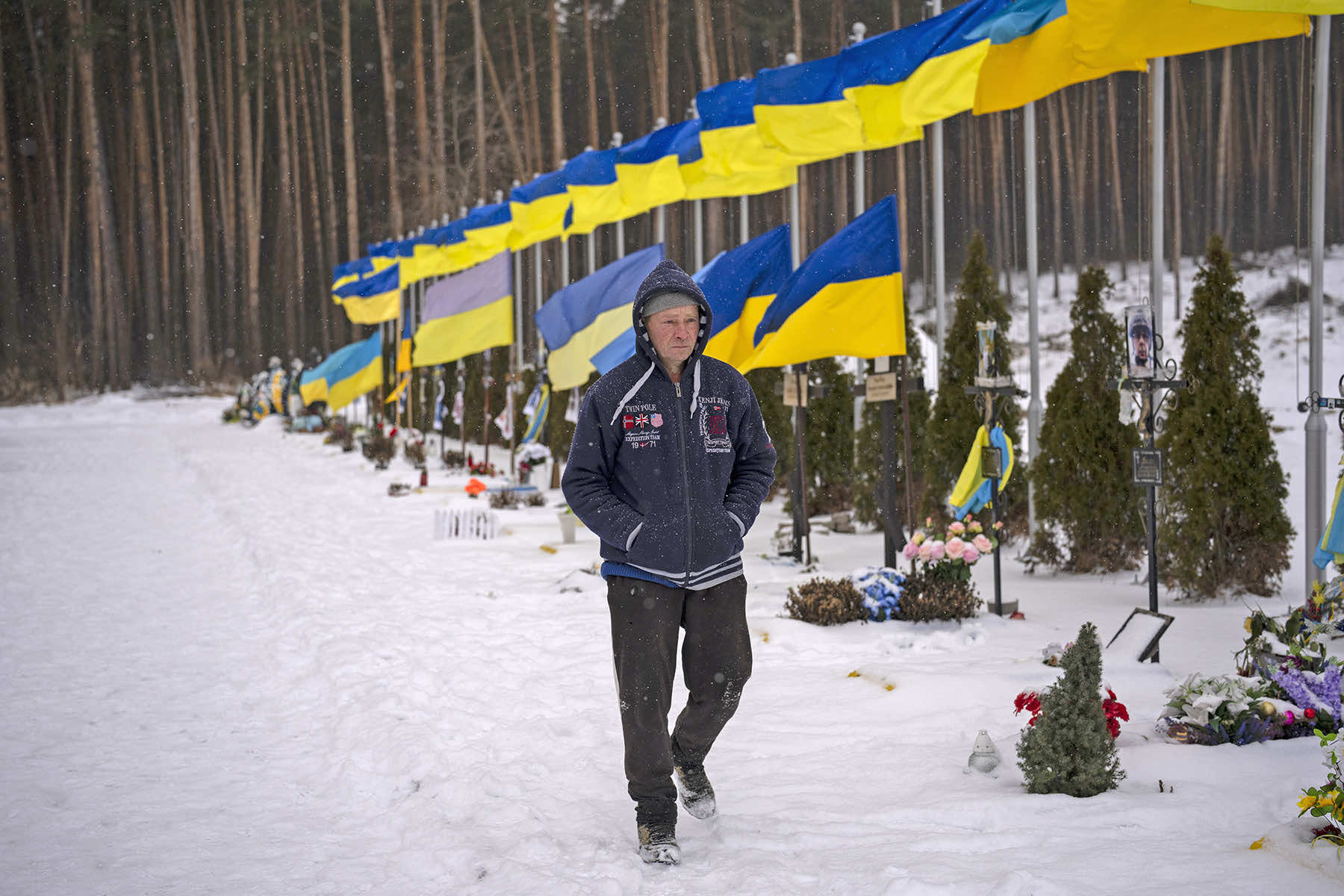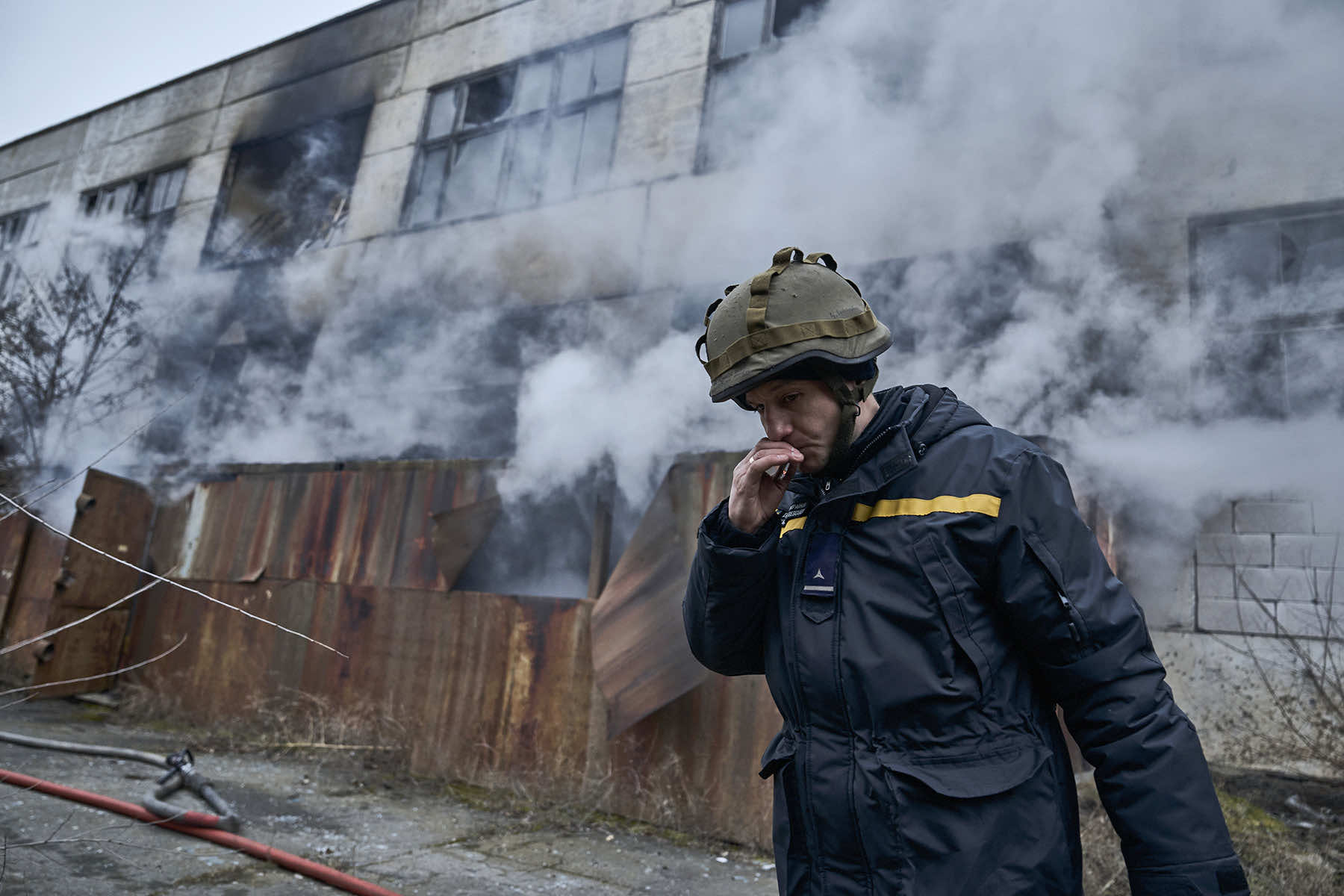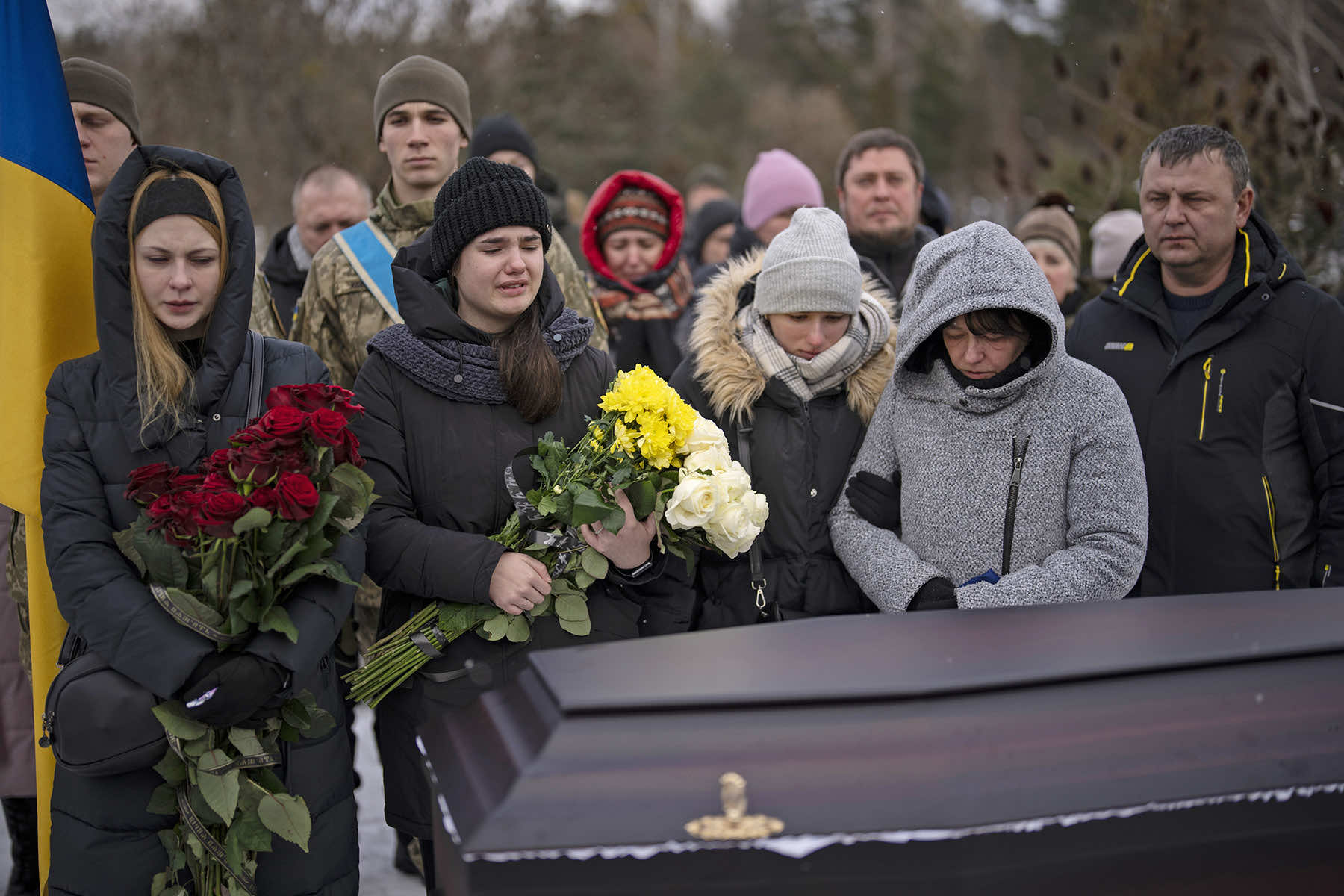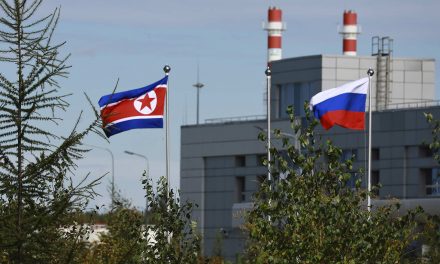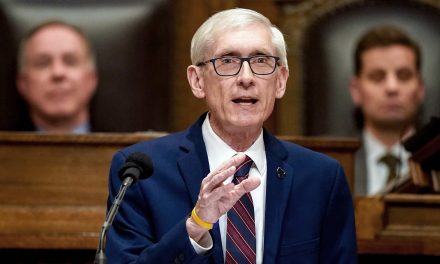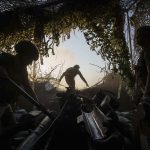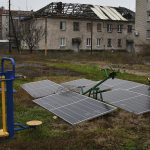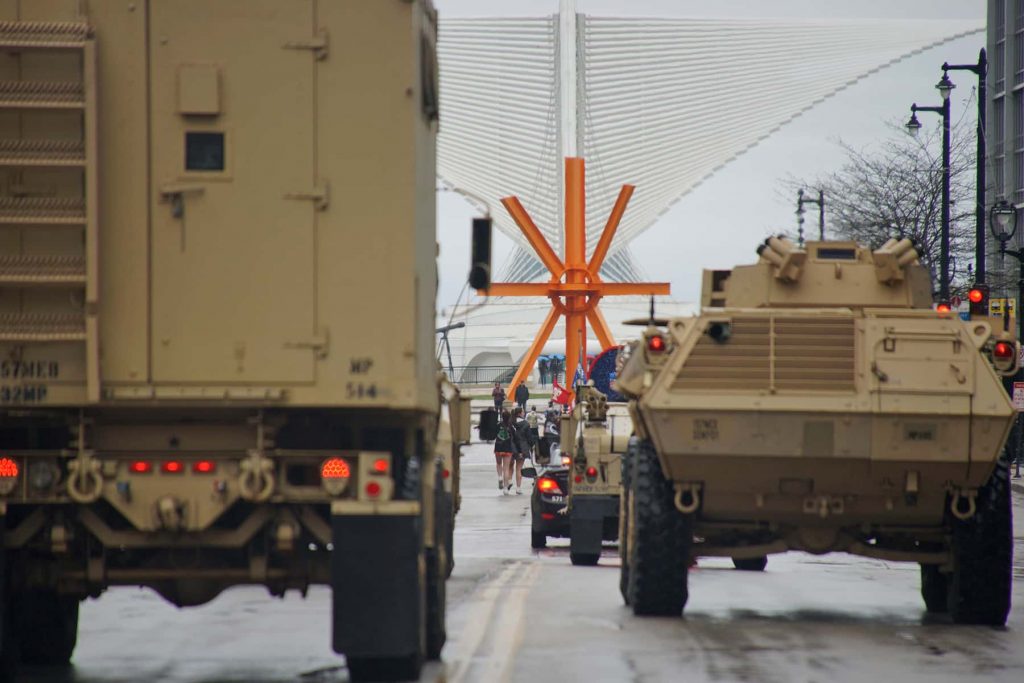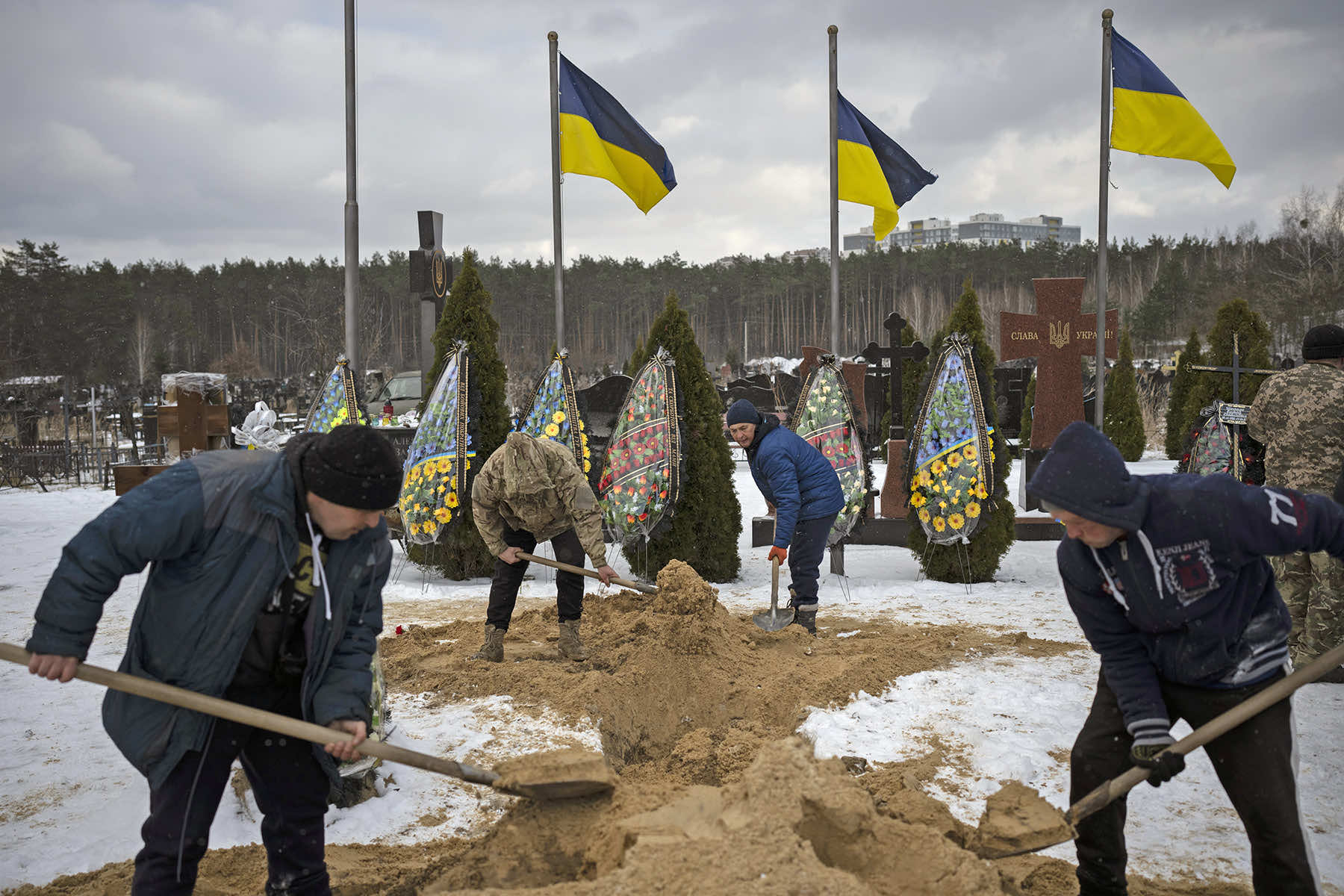
Russian forces are keeping Ukrainian troops tied down with attacks in the eastern Donbas region as Moscow assembles additional combat power there for an expected offensive in the coming weeks, Ukrainian officials said recently.
Intense fighting that has been raging for weeks continued around the city of Bakhmut and the nearby towns of Soledar and Vuhledar, Ukraine’s presidential office said. They are located in the Donetsk region, which with neighboring Luhansk region makes up the Donbas, an industrial area bordering Russia.
“The battles for the region are heating up,” Donetsk Governor Pavlo Kyrylenko said in televised remarks, adding that “the Russians are throwing new units into the battle and eradicating our towns and villages.”
In Luhansk, Governor Serhii Haidai said shelling there had subsided because “the Russians have been saving ammunition for a large-scale offensive.”
Military analysts say the Kremlin’s forces may be probing Ukrainian defenses for weak points or could be making a feint while preparing for a main thrust through southern Ukraine.
One casualty that hit close to home was the death of Eduard Strauss, a Ukrainian serviceman who died in combat on January 17 in Bakhmut. His funeral was held in Milwaukee’s Sister City of Irpin February 6.
Ukraine envisages possible Russian offensives in the east and the south, Ukrainian military intelligence spokesman Vadym Skibitsky said. He predicted that Russia will likely press its offensive in the Donbas and could also launch an attack in the southern Zaporizhzhia region.
He did not say when the offensive might start but noted that the Russian military would need another couple of months to complete the training of new units.
Skibitsky added that Russia plans to mobilize another 300,000 to 500,000 in addition to the 300,000 mobilized in the fall.
David Arakhamia, who leads Zelenskyy’s Servant of the People party in parliament, said on February 12 that Ukraine was preparing for a Russian offensive while planning to counterattack and reclaim its occupied territory.
Arakhamia, noting that “time and circumstances call for strengthening and regrouping,” also announced that Ukraine’s Defense Minister Oleksii Reznikov would be moved to another government post and replaced by the head of military intelligence, Kyrylo Budanov. But Arakhamia abruptly changed course later and said that no shakeup would happen immediately.
Mariana Bezuhla, a Servant of the People party lawmaker, said officials decided to postpone the reshuffle following the analysis of “risks for the system as a whole” ahead of next week’s meeting with NATO allies.
One of Reznikov’s deputies recently lost his job amid Zelenskyy’s crackdown on corruption. Reznikov said that he was ready to step down if Zelenskyy decides it is best.
Russian President Vladimir Putin was hungry for some battlefield success, especially securing illegally annexed territory in eastern Ukraine, to mark the anniversary of his invasion on Feb. 24.
Russian forces made gains in the first few months of the war, though they failed to clinch key objectives and were then driven back from large areas by a Ukrainian counteroffensive.
Western military help has been essential for Kyiv to fend off a far larger military force.
The government of Norway aims to donate 75 billion kroner ($7.3 billion) in a multi-year support package to Ukraine, making the oil-rich Scandinavian country one of the world’s top donors.
Prime Minister Jonas Gahr Støre said the money would be used for a military and civilian aid package over a five-year period once parliament gives its approval.
Canadian Defense Minister Anita Anand tweeted that the first German-made Leopard tank Canada was donating to Ukraine had arrived in Poland. It is part of a broad tank commitmen t by Ukraine’s Western allies to help it defeat Russia.
Training for Ukrainian military on how to use the tank was due to begin “soon,” Anand said, as the allies race to get Ukraine’s forces ready before the looming offensive.
Ukraine’s presidential office that at least one civilian had been killed and 10 others wounded by Russian shelling over the past 24 hours.
Five of those were injured during the shelling of Kharkiv city, where Russian shells struck residential buildings and a university, the presidential office said.
The Russians again fired at targets across the Dnieper River from the Russia-occupied Zaporizhzhia nuclear power plant, damaging residential buildings and power lines in Nikopol and Marhanets, Ukrainian authorities reported.
Russian forces occupied Zaporizhzhia, Europe’s biggest nuclear power plant, early in the war, and regular shelling of the area stoked major safety concerns.
The head of the U.N. nuclear watchdog is due to visit Moscow this week to discuss safety at Zaporizhzhia.
International Atomic Energy Agency Director-General Rafael Grossi aims to “continue his consultations aimed at agreeing and implementing a nuclear safety and security protection zone” around the plant, IAEA spokesman Fredrik Dahl said.
Martin Griffiths, the U.N. humanitarian chief, said that nearly 8 million Ukrainians have fled to neighboring countries since the war started and 5.3 million are displaced within the country. He told the U.N. Security Council Monday that 17.6 million Ukrainians — almost 40% of the population — need humanitarian assistance.
Griffiths said that he will be launching an appeal later this month in Geneva for $3.9 billion to help more than 11 million people this year.

